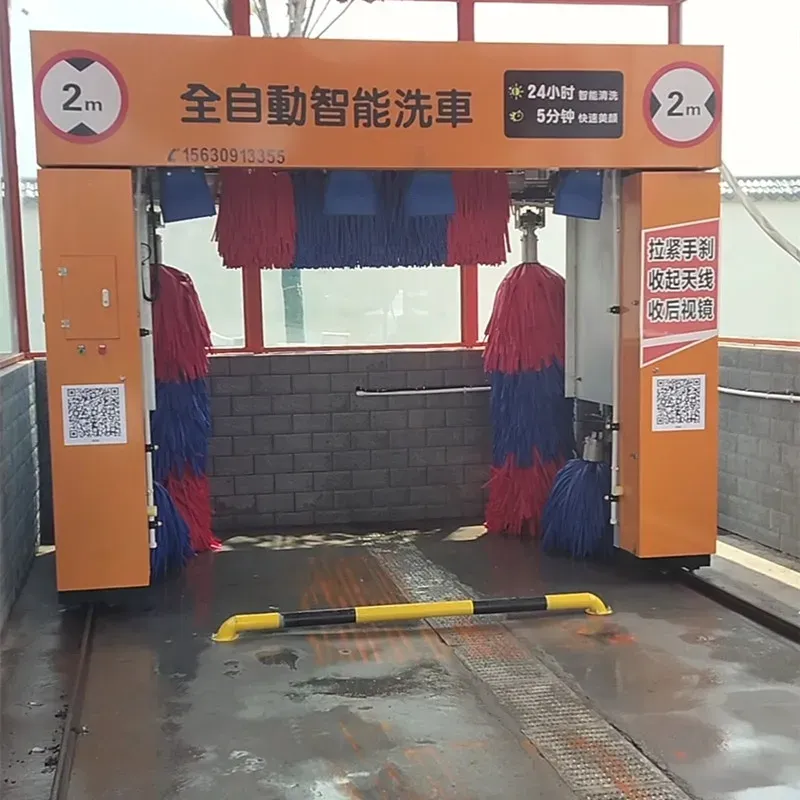
- Afrikaans
- Albanian
- Amharic
- Arabic
- Armenian
- Azerbaijani
- Basque
- Belarusian
- Bengali
- Bosnian
- Bulgarian
- Catalan
- Cebuano
- Corsican
- Croatian
- Czech
- Danish
- Dutch
- English
- Esperanto
- Estonian
- Finnish
- French
- Frisian
- Galician
- Georgian
- German
- Greek
- Gujarati
- Haitian Creole
- hausa
- hawaiian
- Hebrew
- Hindi
- Miao
- Hungarian
- Icelandic
- igbo
- Indonesian
- irish
- Italian
- Japanese
- Javanese
- Kannada
- kazakh
- Khmer
- Rwandese
- Korean
- Kurdish
- Kyrgyz
- Lao
- Latin
- Latvian
- Lithuanian
- Luxembourgish
- Macedonian
- Malgashi
- Malay
- Malayalam
- Maltese
- Maori
- Marathi
- Mongolian
- Myanmar
- Nepali
- Norwegian
- Norwegian
- Occitan
- Pashto
- Persian
- Polish
- Portuguese
- Punjabi
- Romanian
- Russian
- Samoan
- Scottish Gaelic
- Serbian
- Sesotho
- Shona
- Sindhi
- Sinhala
- Slovak
- Slovenian
- Somali
- Spanish
- Sundanese
- Swahili
- Swedish
- Tagalog
- Tajik
- Tamil
- Tatar
- Telugu
- Thai
- Turkish
- Turkmen
- Ukrainian
- Urdu
- Uighur
- Uzbek
- Vietnamese
- Welsh
- Bantu
- Yiddish
- Yoruba
Clean Your Car Efficiently Using a Pressure Washer for Best Results
How to Wash Your Car Using a Pressure Washer A Comprehensive Guide
Keeping your car clean is not just about aesthetics; it plays a vital role in maintaining its value and longevity. One of the most efficient ways to achieve a spotless shine is by using a pressure washer. Pressure washing your car can save time, eliminate dirt effectively, and provide a more thorough clean compared to traditional hand washing methods. In this article, we’ll explore the steps to washing your car with a pressure washer, ensuring that you do it safely and effectively.
Why Use a Pressure Washer?
A pressure washer utilizes high-pressure water spray to remove grime from surfaces. For cars, it can clear away dirt, mud, bird droppings, tree sap, and other stubborn contaminants. The benefits of using a pressure washer include
1. Time Efficiency Washing with a pressure washer is quick. What might take an hour by hand can often be completed in just 15-20 minutes.
2. Thorough Cleaning High-pressure water can reach crevices and hard-to-reach areas, ensuring a comprehensive clean.
3. Less Physical Strain Using a pressure washer reduces the need for extensive scrubbing, making it easier on your hands and back.
Choosing the Right Equipment
Before starting the washing process, it’s essential to select the appropriate pressure washer. Here are some tips
- Pressure Level A pressure washer with a rating of 1,300 to 2,500 PSI is generally suitable for car washing. Higher pressures may damage the vehicle's paint and delicate components.
- Nozzle Selection Use a wide-angle nozzle (25 or 40 degrees) for a gentler spray. This helps avoid scratches and damage.
- Cleaning Solutions Opt for car-specific soaps or detergents that are safe for automotive finishes. Avoid household cleaning agents, as they may strip away protective wax.
Step-by-Step Guide to Washing Your Car
Step 1 Preparation
1. Select a Shady Spot Wash your car in a shaded area to prevent water spots and allow soap to remain on the surface longer.
wash your car with pressure washer

2. Gather Your Supplies Ensure you have a pressure washer, car soap, microfiber cloths, a wash mitt, and a bucket.
3. Pre-Rinse the Car Before applying any soap, give the car a quick rinse with the pressure washer to remove loose dirt and debris.
Step 2 Applying Soap
1. Dilute the Car Soap Follow the manufacturer’s instructions for diluting the car-specific soap in a bucket.
2. Soap Application Using a foam cannon attachment (if available), apply the soap evenly across the car’s surface. If you don’t have a foam cannon, use a wash mitt dipped in the soap solution.
3. Let It Sit Allow the soap to dwell on the surface for a few minutes. This helps to loosen stubborn dirt, making rinsing easier.
Step 3 Rinsing
1. Rinse Off the Soap Using the pressure washer, rinse off the soap from top to bottom. Start from the roof and work your way down to prevent dirt from dripping onto already cleaned surfaces.
2. Pay Attention to Detail Ensure water reaches the nooks and crannies, such as around the wheels, door handles, and under the body trim.
Step 4 Final Touches
1. Dry the Vehicle After rinsing, dry the car with clean microfiber towels. This prevents water spots and gives the car a polished look.
2. Inspect for Missed Spots Check for any areas that may require additional cleaning or detailing.
3. Waxing (Optional) For added protection and shine, consider applying a wax or sealant after the car is thoroughly cleaned and dried.
Conclusion
Washing your car with a pressure washer is a quick and effective way to maintain its appearance and condition. With the right equipment and technique, you can achieve a professional-level clean without the need for a detailed car wash service. Just remember to follow safety guidelines and choose the appropriate settings to prevent any damage. Regular washing will not only keep your car looking great but will also protect its finish, helping it last longer and retain its value. Happy washing!
-
Integrating Aqua Tunnel Car Wash in Shopping CentersNewsJun.24,2025
-
Gas Station with an Auto Car Wash MachineNewsJun.24,2025
-
Efficiency in Your Aqua Tunnel Car Wash: Power & Water-SavingNewsJun.24,2025
-
Car Wash Business with Advanced Auto Car Cleaning MachinesNewsJun.24,2025
-
Balancing Setup Costs with Aqua Tunnel Car WashNewsJun.24,2025
-
Aqua Tunnel Car Wash: Eco-Design for the Energy-Savvy EntrepreneurNewsJun.24,2025



